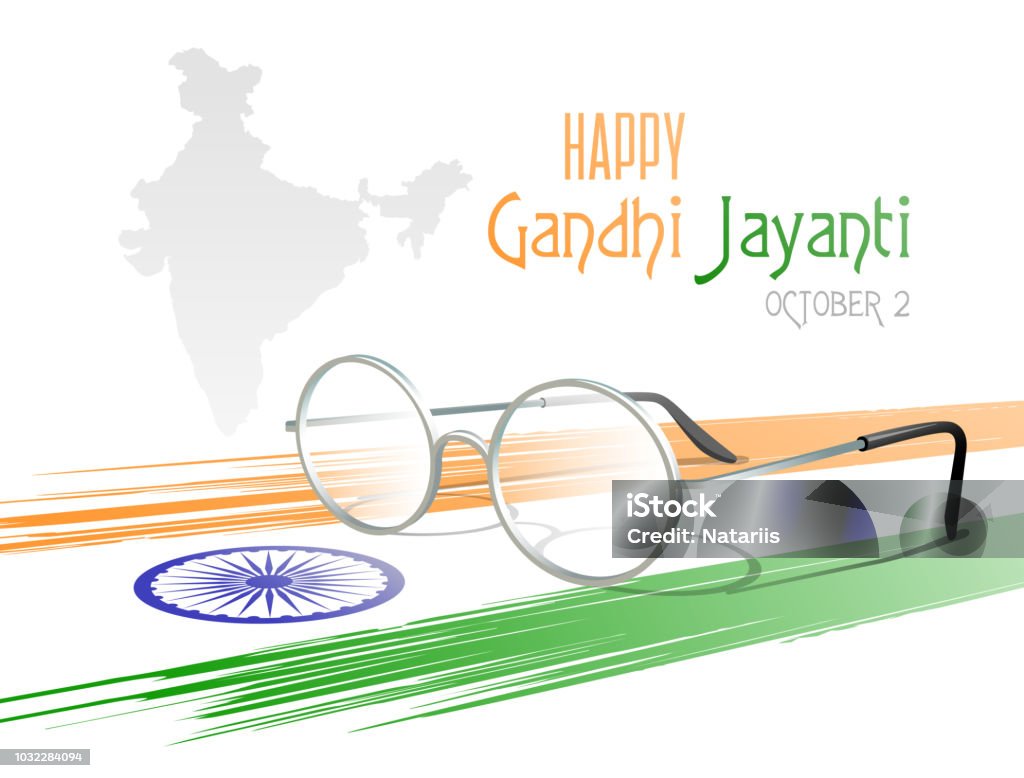Crony Capitalism in Energy Sector in India
- Post By PoliticIndia.com on
- 2014-02-13 23:40:16
Ashutosh Kumar, M.A. Economics (JNU)
First of all I would like to thank Arvind Kejriwal and his team for raising the issue of natural gas pricing. As we know Mukesh Ambani, M. Veerappa Moily, Murli Deora and V.K. Sibal have been named in an FIR registered by the Anti-Corruption Branch of the Delhi government over alleged collusion in fixing natural gas prices and hoarding in the KG-D6 basin. Prima facie this price fixing issue comes under the purview of anti competitive activities and of violation of consumer rights. Here in this article, it is tried to explain the price mechanism of natural gas and the issue of crony capitalism in natural gas sector.
Coal, oil, and natural gas are the three primary commercial energy sources. Among these three energy sources, natural gas is the most preferred fuel due to its inherent environment friendly nature, greater efficiency and cost effectiveness. In India natural gas sector has gained importance over the last decade. Sine fuel is the major input of manufacturing industry; its price is directly linked to the price of other consumer goods and services. Thus the fair and transparent mechanism of natural gas pricing is important for consumer welfare as well as development of nation.
Before 1987, gas prices were fixed by ONGC and Oil India (OIL). But from January-end 1987, the government took over the role of regulating prices on a cost-plus basis. The last revision under the administered price mechanism was effected in July 2005. When the Government started to bid out oil and gas blocks under the New Exploration and Licensing Policy (NELP), it decided to opt for market-determined rates for gas. NELP was launched in 1997-98 to increase domestic and international private investment in oil and gas.
At present there are two pricing regimes in the country, one is the Administered Pricing Mechanism (APM), and the other is the non-APM or free-market gas. Regarding non-APM gas, there are two categories, the first, imported Liquefied Natural Gas (LNG), and the second comprising of the domestically-produced gas from New Exploration Licensing Policy (NELP) and pre-NELP fields. APM is used with gas produced by state-owned (national) companies. This is the price at which gas is provided to fertilizer, power companies, consumers under court order etc. If National Company makes losses, then Government pay money (equal to subsidy) to these companies. And non-APM is used for private companies and joint ventures (JVs). Non-APM applied to imported gas and gas obtained from National Exploration and Licensing Policy (NELP) operators gas fields. The gas produced by the JVs and by NELP operators is governed by the respective production sharing contracts (PSC) between the Government and the producers. It is important to note that 100% Foreign Direct Investment (FDI) is allowed through the FIPB route for both LNG projects and natural gas pipeline projects.
The mechanism of pricing is very complex in India. Presently, under above two price mechanisms, there are different prices of natural gas prevail in the country. Even in the APM, there are different prices which prevailed for the priority sectors, i.e. power and fertilizer, North Eastern region and the non-priority sectors. Another complexity is that seven more types of prices are prevalent for gas coming out of Production Sharing Contracts, be it from PMT, RAVVA, KG basin or other fields. Third category is LNG, which is available broadly at the prices based on buyer-seller contracts. We will not go into the details of these contracts; here objective of the article is to explain the controversy of gas pricing.
The first controversy in gas pricing started in 2006 when Reliance Industries Limited (RIL) invited bids from users and arrived at a price of $4.32 per million metric British thermal units. The matter was referred to an empowered group of ministers headed by Pranab Mukherjee which agreed on a price of $4.20 a unit after suggesting a few changes to RIL's formula, including elements to do away with volatility. This Committee of Ministers fixed the price of natural gas for the period 2009-14. Here its important to know that through competitive bidding in the National Exploration Licensing Policy, the major part of the Krishna Godavari Basin had gone to Reliance Industries and its partner Niko Resources Ltd. They discovered gas in the KG Basin.
The scam of KG Basin came to light through a Parliament question in 2006. It was revealed that Reliance had placed a field development plan to produce 40 million standard cubic meters per day (MMSCMD) of gas with expenditure of $2.47 billion. After some time they submitted a renewed field development plan claiming that now they will produce 80 MMSCMD at the expense of $8.84 billion. So production capacity doubled, but expenditure was inflated almost four times. And the approval was given to Reliance by ministry of Petroleum. Any layman can tell that, as per textbook economics, if production is increasing, then expenditure per unit must come down. But, here, production cost almost quadrupled. From here the controversy of natural gas pricing starts.
In year 2012, Rangaranjan Committee was set up to study in detail the Gas Market and propose a proper pricing mechanism for the produced gas from the domestic fields of India by both the PSUs and the JVs or the Private companies. The Rangarajan Committee has suggested a new pricing formula. This formula raised the price of gas to $8.4/unit. This formula is accepted by the government and will be effective from1st April 2014.
The Rangarajan Committee has recommended a two-step approach to determine the domestic gas price. First, it envisaged working out a weighted average of the previous 12-month averages of prices indicated by the Henry Hub and NBP, and LNG imports made by Japan. The second step is to average this (not a weighted average this time) with the previous 12-month average of the price of LNG imports made by India. Averaging out prices applicable to fragmented markets with their own dissimilar supply-demand characteristics does not make much economic sense.
Critical evaluation of Rangarajan recommendation on gas pricing
The cabinet decided to double the natural gas prices from $4.2/unit to $8.4/unit per million British thermal unit which will be effective from the next financial year on the basis of Rangarajan recommendation. Since the hike is in dollars and rupee is currently running at a historic low, the actual raise in rupee terms is more than two and a half times. It is quite shocking for a government to make this kind of a drastic hike in an election year, that too for a commodity that is a basic input as a household fuel, for power production, as well as fertiliser. Consequently it will have an all round adverse effect on the common people who are in any case in dire straits given the unparalleled inflation in recent years.
Facing all-round opposition, the union government defended the decision by saying that in the absence of remunerative prices, no investment had been made in domestic exploration and production, resulting in a fall in natural gas production from 143 MMSCMD in 2010-11 to 111.44 MMSCMD in 2012-13 (Hindu 2013). This is main reason behind increasing the price of gas as per government. According to the government, even the new and higher price would still be below the 'international gas price'. The government also hinted that both the affected consuming sectors, namely, electricity and fertilisers would be subsidised. But as we know the impact of fuel price goes to all commodities, what will happen to government revenue and consumer welfare?
This gas price hike is simply a case of crony capitalism which gives an unearned bonanza for gas producers, especially the one private company in the KG Basin. Assuming that the concerned company will produce 80 mmscmd as originally promised, the latest price increase would give it an annual largesse of Rs 26,000 crore(Chandrashekhar,2013).
The Real Reason behind the Price Rise
The massive hike in gas price will benefit only to the corporate sector involve in this specially Reliance and the loser will be the common people. There is only one way to interpret the outcome that special corporate interest hold complete sway over policy making. This activity is known as crony capitalism.
If the purpose of gas price rise is to attract foreign investments and if price hike from $2.34 to $4.2 did not lead to investments why will this new hike lead to the desired outcome? Moreover, even before this hike BP has made a $7 billion investment and bought 30% stake in the Reliance KG basin. The other reason on why the Reliance and the Oil industry have been seeking a hike in gas prices is that the international prices have the highest peg at $15 per unit. The gas price in US is at $4 per unit compared to $15 per unit of Japan. The Rangarajan committee has recommended the average of the prices of three different destinations, UK, US, and the Japan to be taken as price of Gas in India. Rangarajan committee completely ignored the fact that the prices of Japan cannot be taken into account as India largely imports Natural Gas from Qatar where the prices are as down as $2.5 per unit. Also, the domestic production of Gas in Japan is very low compared to that of India.
The real reason is that in the times of neoliberalism and monopoly capital, the corporate sectors keep seeking the highest possible price for their produce and the lowest possible price for their inputs like labour. In order to fulfil this objective they also indulge in rent seeking activities and other anti competitive activities. This is the only way we can explain this absurd decision. India needs tremendous resistance against such anti-people game of corporate led of government.







